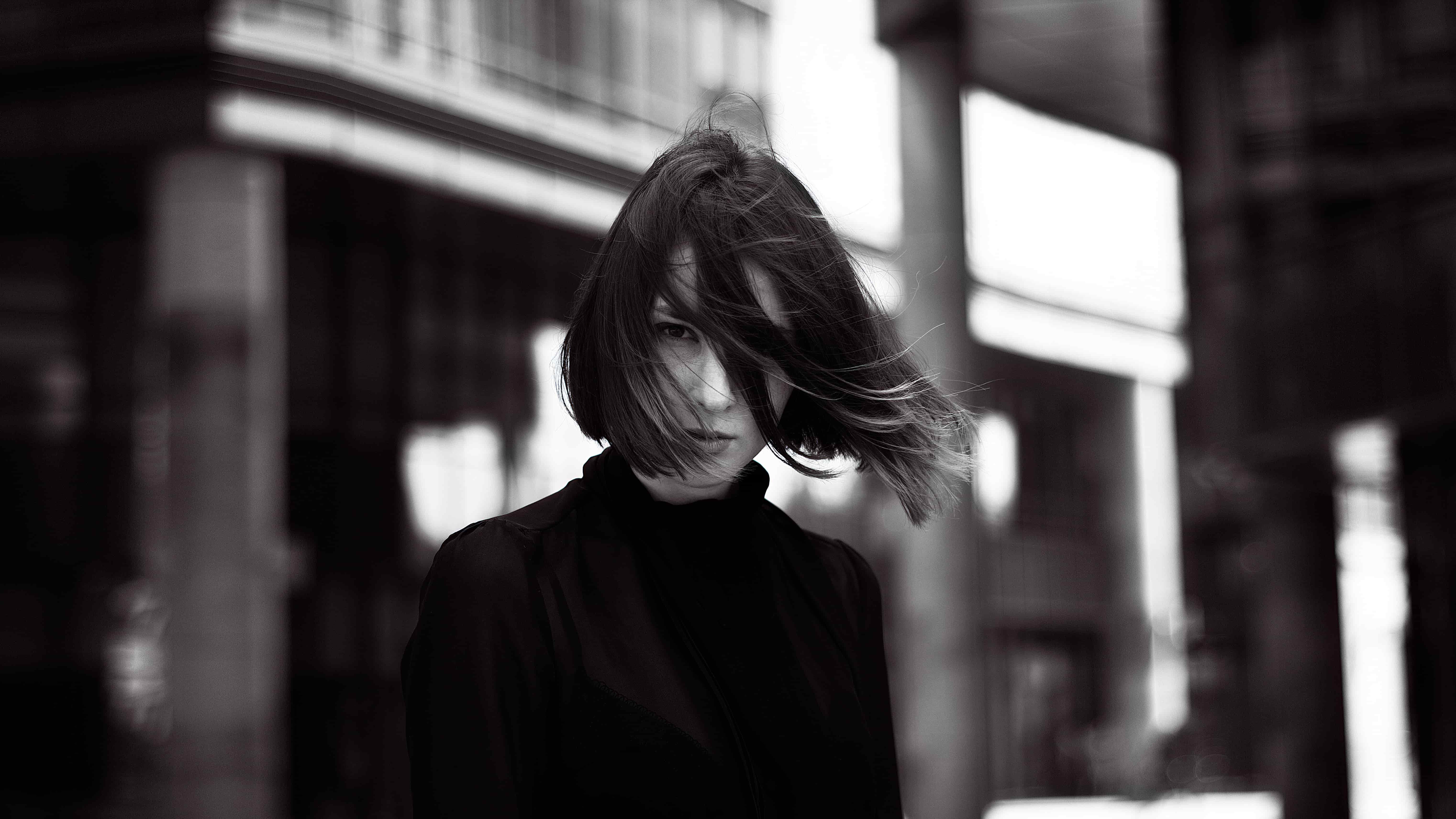你的購物車現在是空的!
A Guide to the World’s Most Beautiful Roses
Roses have captivated humanity for millennia, and through centuries of cultivation, we’ve developed extraordinary varieties that showcase nature’s artistry. Here’s a journey through some of the most stunning roses from around the world.
European Classics
The Juliet Rose (England) David Austin’s ‘Juliet’ is often called the “£3 million rose” due to its lengthy development. This apricot-peach beauty features perfectly cupped blooms with over 90 petals, creating a romantic, old-world appearance with a delicate tea fragrance.
Pierre de Ronsard (France) Also known as ‘Eden Rose,’ this French climber produces large, cream-colored blooms with romantic pink centers. Its full, cabbage-like form evokes Renaissance paintings and has made it one of the world’s most beloved roses.
Blue Moon (Germany) While truly blue roses don’t exist in nature, this German hybrid tea comes remarkably close with its silvery-lavender petals. Its unusual color and strong, sweet fragrance make it a collector’s prize.
Asian Treasures
Yves Piaget (France, inspired by Asian peonies) Named after the famous watchmaker, this rose features enormous blooms up to 5 inches across with over 80 petals in deep fuchsia-pink. Its form mimics traditional Chinese tree peonies.
Shizuka (Japan) Japanese breeders created this pristine white floribunda with impeccable form. Each bloom displays perfect symmetry and a subtle green tinge at the center, embodying the Japanese aesthetic of quiet elegance.
American Beauties
Fourth of July (USA) This climbing rose bursts with patriotic red and white striped petals splashed with white. Each bloom is unique, never quite repeating its pattern, making it a conversation piece in any garden.
Oklahoma (USA) Deep, velvety crimson blooms with an intoxicating fragrance make this hybrid tea a classic American favorite. The near-black buds open to reveal rich red petals that hold their color beautifully.
Middle Eastern Marvels
Rosa damascena (Damascus Rose) Native to the Middle East, this ancient rose has been cultivated for over 2,000 years. Its intensely fragrant pink blooms are the source of precious rose oil and rosewater, requiring thousands of petals for a single ounce of attar.
Modern Masterpieces
Neptune (France) This modern variety pushes the boundaries with magenta-purple blooms that deepen almost to burgundy. Large, ruffled petals create dramatic visual impact.
Black Baccara (France) The darkest rose available, ‘Black Baccara’ produces deep crimson-black blooms that appear nearly black in certain light. This gothic beauty thrives in warm climates where its color intensifies.
Abraham Darby (England) Another David Austin creation, this English rose combines apricot and yellow tones in deeply cupped blooms with a fruity fragrance. It bridges old-rose charm with modern disease resistance.
Rare and Unusual
Rainbow Roses While not naturally occurring, these multicolored roses are created by splitting the stem and feeding different colored dyes into each section. The petals absorb the colors, creating rainbow effects popular in modern floral design.
Green Rose (Rosa chinensis viridiflora) This curiosity produces blooms made entirely of green sepals rather than petals, creating a unique texture resembling small cabbages. It’s been cultivated since the 18th century.
Osiria Rose This striking hybrid tea features deep red petals with silvery-white undersides, creating a dramatic two-toned effect. Each petal appears hand-painted, making it one of the most photographed roses worldwide.
Growing Tips
The most beautiful roses share common needs:
- At least 6 hours of direct sunlight daily
- Well-draining, nutrient-rich soil with pH 6.0-6.5
- Regular watering at the base (not overhead)
- Proper air circulation to prevent disease
- Seasonal pruning and deadheading
- Protection from harsh winter conditions in cold climates
Fragrance Notes
Beauty isn’t just visual—many of these roses offer extraordinary scents:
- Damask: classic rose perfume (Damascus Rose, Ispahan)
- Myrrh: spicy, exotic notes (Constance Spry, Wildeve)
- Fruity: apple, raspberry hints (Abraham Darby, Lady Emma Hamilton)
- Tea: delicate, subtle (Souvenir de la Malmaison)
Whether you’re planning a garden or simply admiring these botanical works of art, roses continue to prove why they’ve been called the “queen of flowers” across cultures and centuries. Each variety tells a story of human dedication to beauty, fragrance, and the endless pursuit of the perfect bloom.


